
History of Sewing Tools
Sewing tools have played a crucial role in human civilization. From ancient times to modern days, they have served as vital instruments for creating and repairing clothing, textiles, and other fabric-based items. Let’s explore the fascinating history of sewing tools and their evolution over time.
Prehistoric Sewing Tools
Sewing as a craft can be traced back to the Paleolithic era, nearly 25,000 years ago. During this period, early humans began using natural materials like animal bones, ivory, and antlers to create needles for sewing. These needles were typically large and had rounded tips.
As time progressed, humans developed unique sewing techniques such as cross-stitching and patching. The needles of this era were basic in design but played a vital role in early clothing construction.
Ancient Egypt: Birth of Sewing Implements
In ancient Egypt, sewing tools witnessed significant advancements. The Egyptians developed intricate decorative stitches and began using metal needles made from copper, bronze, or gold. These metal needles were generally smaller and more refined, allowing for more delicate stitching.
The humble thimble also made its first appearance during this time. Initially crafted from wood, thimbles evolved into metal and finally precious metals like gold and silver as a symbol of wealth and status. The Egyptians also used bone awls for piercing holes and creating basic patterns in textiles.
Medieval Europe and the Renaissance
During the Middle Ages in Europe, sewing tools continued to evolve. The introduction of the spinning wheel and the advancement of textile production led to an increased demand for sewing implements.
Iron needles became popular, and specialized needles like crewel needles, used for embroidery, emerged. Thimbles were crafted from materials such as bronze, ivory, and even whalebone. The invention of the needle case, used to store and protect needles, also took place during this era.
The Industrial Revolution and Beyond
The introduction of the sewing machine during the Industrial Revolution — a revolutionary invention in textile production — transformed sewing tools forever. Although sewing machines reduced the need for traditional hand-sewing tools, they also created a demand for new accessories and attachments to enhance machine sewing.
Modern sewing tools include a wide range of items, such as sewing scissors, measuring tapes, marking tools like chalk or disappearing ink pens, pincushions, and various types of specialized needles, along with an array of machine presser feet to cater to different sewing techniques.
Innovation and the Future
As technology advances, sewing tools continue to evolve. The advent of computerized sewing machines has opened up new possibilities for intricate stitches and designs. Smart tools now enable automatic thread cutting, pattern creation, and even integrated Wi-Fi connectivity.
Looking ahead, there’s no doubt that sewing tools will continue to adapt and improve, simplifying the sewing process, while allowing for even more creativity in the world of textiles and fashion.
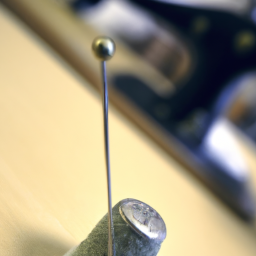
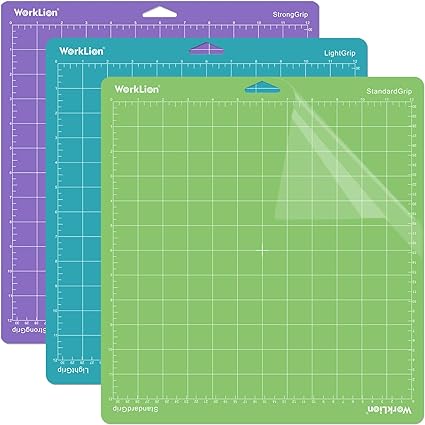
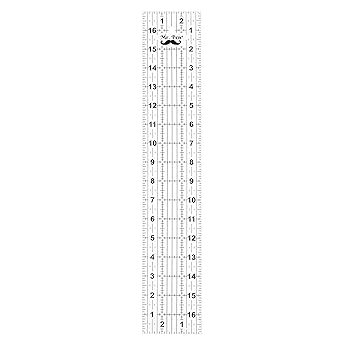
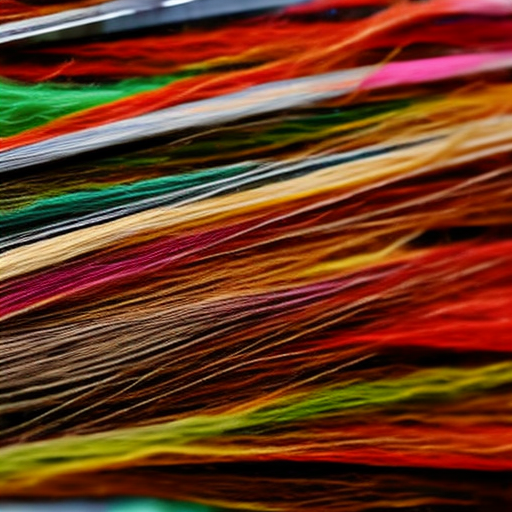
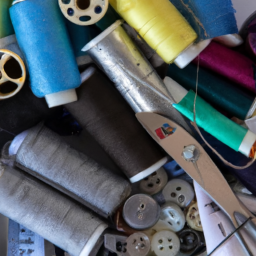
Wow! This is fascinating!
Lola Pierce: Great post. I’m so impressed with how much detail was put into this!
This is an amazing look into textile art and its history – it’s incredibly interesting to see how simple tools have been used over the centuries to create intricate works of art and clothing!
Fantastic read! It’s amazing to see the ingenuity and skill used to craft creative works of art over time. Definitely an insightful post.